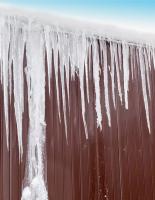Based on incidences that occur in the North, WSCC publishes Hazard Alerts to remind workers (on and off the job) of hazards we face. The alerts explain the danger and offer clear instruction on how to minimize risk of injury. We release hazard alerts to help prevent similar incidence.































